The Deadliest Islanders Of The Andaman
They are thought to be the direct descendants of the first human population that migrated out of Africa, and have lived in the Andaman Islands for close to 65,000 years.
To put that in perspective, that’s 62,000 years before the ancient Egyptians build the pyramids at Giza, and 35,000 years before the last ice age. Their language is unknown. The exact population size has not been confirmed. All efforts by the outside world to make contact with this tribe had been met with hostility to this day.
WELCOME TO THE NORTH SENTINEL ISLAND.
Located in the Bay of Bengal, it lies to the west of the southern part of South Andaman Island. Considered the deadliest among all of the Andaman Islands, the North Sentinel is a densely forested island surrounded by coral reefs. It lacks a natural harbour, thus making ship-docking impossible. The inhabitants of the island are a group of indigenous people called the Sentinelese. The estimated population size is between 50 and 400 individuals although this number cannot be relied upon since the census taken by the Indian government was exercised through spotting of the curious natives that appeared out of the forest and onto the beach. It remains to be seen the exact number of natives in the forest grounds.
The Sentinelese people survives on local fauna and live on fruits, fish, tubers, wild pigs, lizards and honey. Many attempts were made to make contact but due to the hostile nature of the inhabitants, the Indian government, which has sovereignty over the island, has enforced a 3-mile buffer zone to keep would-be explorers and tourists away. In 1975, a National Geographic documentary titled “Man in Search of Man”, commissioned by the Indian government about the tribes of the Andaman Islands, had film the North Sentinel island. The crew came bearing gifts at the North Sentinel and at one point, a Sentinelese warrior with a bow and arrow shot the director in the thigh. It was the only known documentary of the island.
Video: NegroScopy
Before the Indian government, the British Raj had already made efforts to contact the islanders during the late 1800s. However, the British was more controversial with their approach in which their tactic was to kidnap a member of the tribe, shower him with gifts and then returning him to the island with the intention of demonstrating to the natives the extend of their friendliness.
In 1880, a British colonial administrator, Maurice Vidal Portman, accompanied by heavily-armed guards, had landed on North Sentinel. It was believe to be the first exploration of the island by outsiders. Several days into their track, Portman, together with his men, kidnapped two elderly adults and 4 children back to Port Blair, an island nearby where he was based.
Unfortunately, the two adults soon got sick and died, possibly due to being exposed to Western diseases like smallpox, measles, and influenza in which they have no immunity against. Portman then returned the four children to the island, packed with gifts for the rest of the tribe. The children were never seen again.
In 1896, an escaped convict from from Port Blair, had drifted to the shores of the North Sentinel by accident. A search party found his body a few days later on a beach, punctured by arrows and with his throat slit.
On August 2, 1981, a Hong Kong freighter called the Primose, with 33 crew men and a mascot dog, ran aground on a coral reef roughly 100 meters from the north shore of the island during a typhoon. Despite being in close proximity to shore, the captain of the ship had instructed all his crewmen to stay onboard.
A few days into the ordeal, a crewmen from the Primose spotted a group of dark-skinned naked men, armed with bows and arrows making their way towards the ship. This led to the captain of the freighter making a distress call: “Wild men! Estimate more than 50, carrying various homemade weapons, are making two or three wooden boats. Worrying they will board us at sunset.”
Fortunately for the crewmen and the captain, although the ship was 100 meters out, the armed natives did not have a boat. At that point they were already shooting arrows in the direction of the ship but due to the primitive way of how the arrows were constructed, the trajectory could only reach up to a distance of 30 to 40 meters. Captain Robert Fore, a civilian helicopter pilot who was employed at a private company providing off-shore helicopter support to an oil exploration rig near the region, had responded to the request for assistance and rescued all crewmen without incident.
You can still see the grounded ship on Google Earth here.
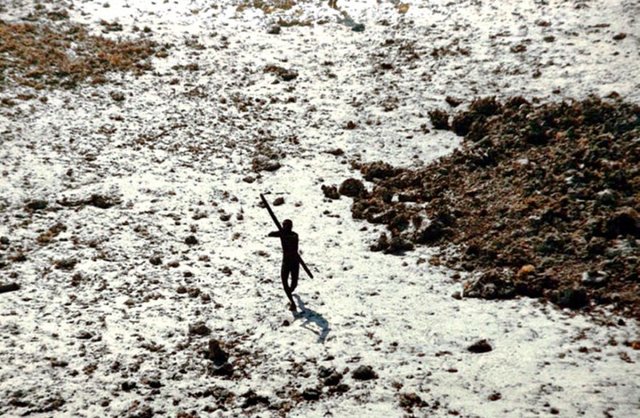
Three days after the 2004 Indian Ocean earthquake in which a tsunami had hit the North Sentinel Island, an Indian government helicopter was sent to check on remaining survivors. Unfortunately, they were met with hostility as shown in the image here.
Photo: The Indian Coast Guard
There has been only one instance where the Sentinelese were not hostile to the outsiders – albeit for a short period. Mr Trilokinath Pandit, a director of the Anthropological Survey of India, together with his colleagues, had on 4 January, 1991 made the closest recorded encounter yet with the tribe. Even so, it was for a brief period before the Sentinelese would fire ‘warning shots’ with their arrows to signal that the visit was over. Watch the video below:
Credit: khufu65
The Indian government officially ended all visits in 1997 and although the island remains under India’s sovereignty, it is essentially a de facto autonomous island since there was no official treaty nor official recognition of any physical occupation of the island by the Indian government. The Andaman and Nicobar Administration has stated in 2005 that they are not interested in pursuing any further contact with the Sentinelese.
The most recent encounter with the Sentinelese was on 26 January 2006, when two illegal fishermen were killed after their boat drifted near the island.
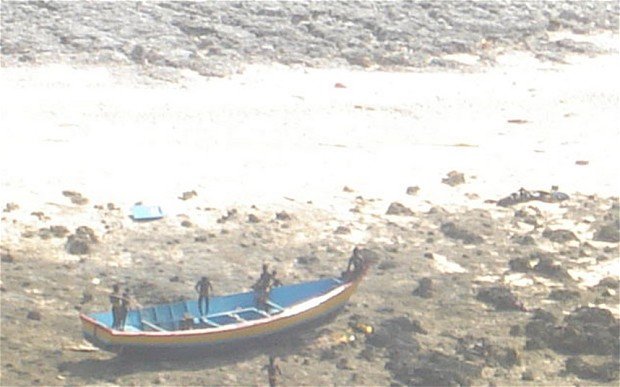
The fishing boat where two fishermen were killed by the Sentinelese
Photo: The Indian Coast Guard
The North Sentinel island was also the subject of a conspiracy theory about the doomed Malaysian Airlines MH370 when a plume of smoke was seen rising from the island during the incident. As it has been assumed that the Sentinelese tribe do not know how to make fire, the theory of the plane crashing into the island took course.
The Sentinelese are among the last of the uncontacted people, and the deadliest islanders of the Andaman sea.
Perhaps it’s best we leave them alone.
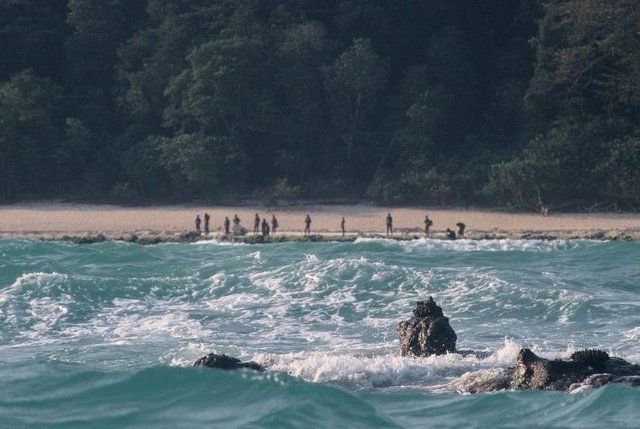
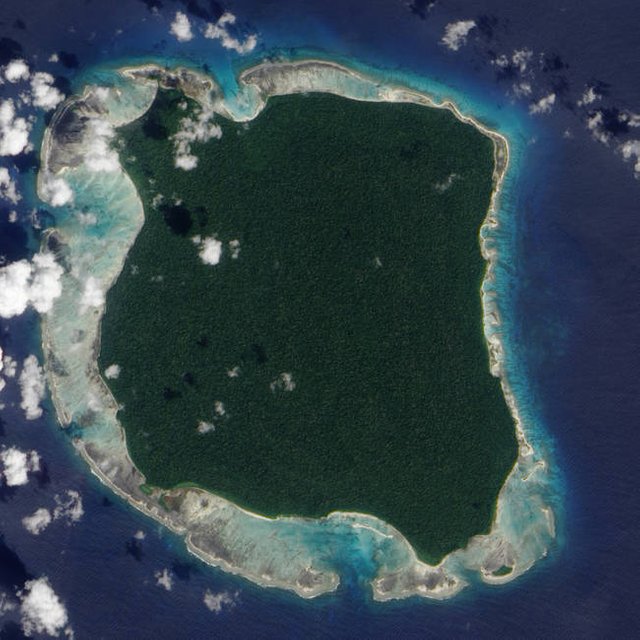
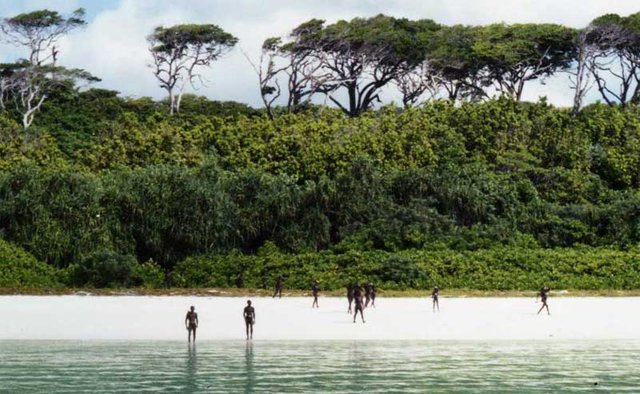
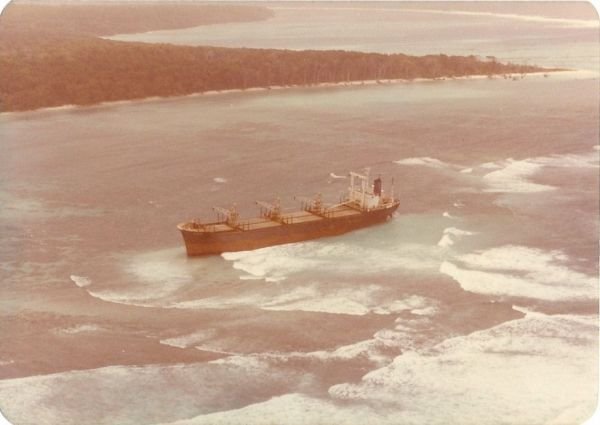
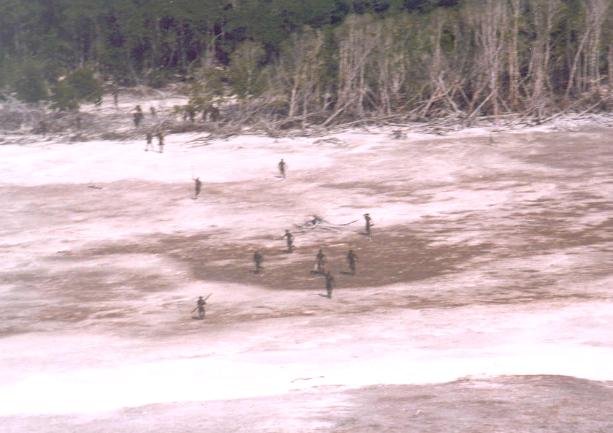
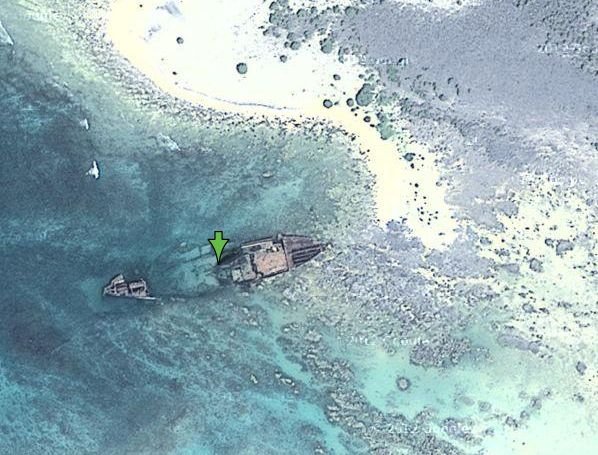
Hi! I am a robot. I just upvoted you! I found similar content that readers might be interested in:
https://www.observer.news/culture/deadliest-islanders-andaman/